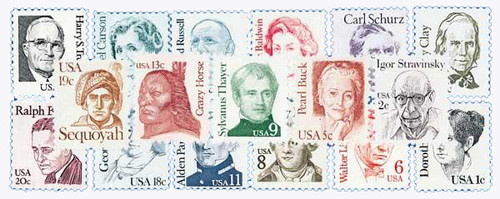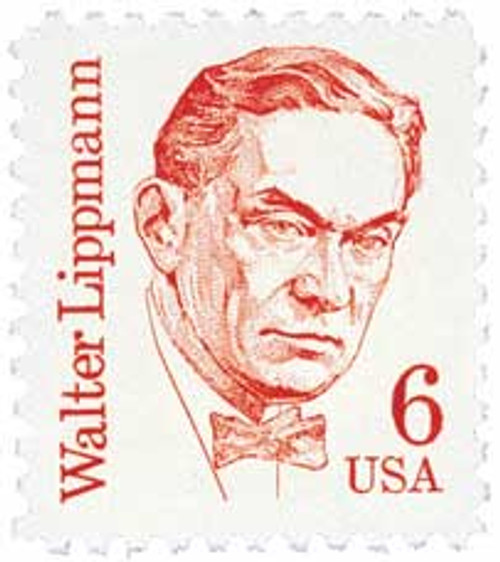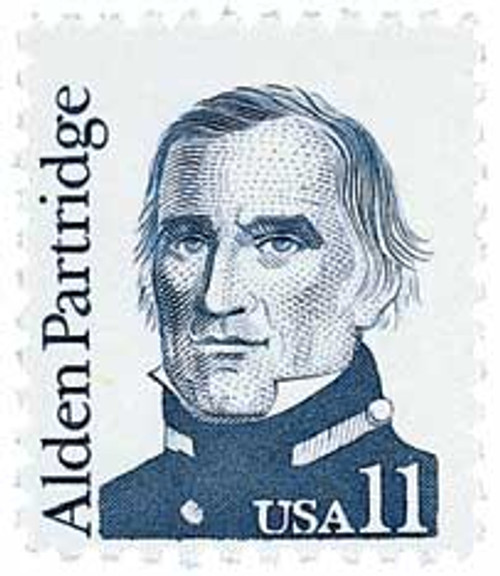
1983 5c Great Americans: Pearl Buck
# 1848 - 1983 5c Great Americans: Pearl Buck
MSRP:
Was:
Now:
$0.35 - $45.00
(You save
)
Write a Review
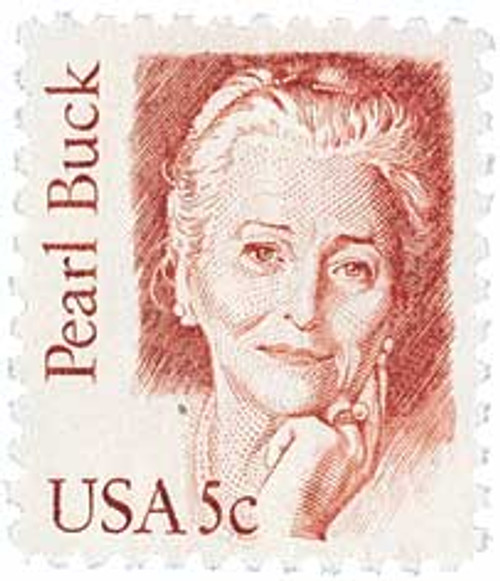
Write a Review

1848 - 1983 5c Great Americans: Pearl Buck
| Image | Condition | Price | Qty | |
|---|---|---|---|---|

|
Fleetwood First Day Cover
ⓘ
Ships in 1-3 business days.
Ships in 1-3 business days.
Free with 500 Points
$ 2.50
|
$ 2.50 |
|
0
|

|
Fleetwood First Day Cover (Plate Block)
ⓘ
Ships in 1-3 business days.
Ships in 1-3 business days.
$ 2.95
|
$ 2.95 |
|
1
|

|
Colorano Silk First Day Cover
ⓘ
Ships in 1-3 business days.
Ships in 1-3 business days.
$ 2.25
|
$ 2.25 |
|
2
|

|
Classic First Day Cover
ⓘ
Ships in 1-3 business days.
Ships in 1-3 business days.
$ 1.75
|
$ 1.75 |
|
3
|

|
Mint Plate Block
ⓘ
Ships in 1-3 business days.
Ships in 1-3 business days.
$ 2.50
|
$ 2.50 |
|
4
|
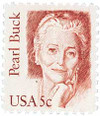
|
Mint Stamp(s)
ⓘ
Ships in 1-3 business days.
Ships in 1-3 business days.
Free with 120 Points
$ 0.50
|
$ 0.50 |
|
5
|
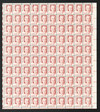
|
Mint Sheet(s)
ⓘ
Ships in 1-3 business days.
Ships in 1-3 business days.
$ 45.00
|
$ 45.00 |
|
6
|

|
Used Single Stamp(s)
ⓘ
Ships in 1-3 business days.
Ships in 1-3 business days.
$ 0.35
|
$ 0.35 |
|
7
|
Mounts - Click Here
| Mount | Price | Qty |
|---|
U.S. #1848
1983 5¢ Pearl Buck
Great Americans Series
1983 5¢ Pearl Buck
Great Americans Series
Issue Date: June 25, 1983
City: Hillsboro, West Virginia
Quantity: 150,000,000
City: Hillsboro, West Virginia
Quantity: 150,000,000
Printed By: Bureau of Engraving and Printing
Printing Method: Engraved
Perforations: 11 x 10 ½
Color: Henna brown
The Great Americans Series
The popular Great Americans Series honors special Americans from all walks of life and honors them for their contributions to society and their fellow man. Sixty-four different stamps make up the complete set to pay tribute to important individuals who were leaders in education, the military, literature, the arts, and human and civil rights.

U.S. #1848
1983 5¢ Pearl Buck
Great Americans Series
1983 5¢ Pearl Buck
Great Americans Series
Issue Date: June 25, 1983
City: Hillsboro, West Virginia
Quantity: 150,000,000
City: Hillsboro, West Virginia
Quantity: 150,000,000
Printed By: Bureau of Engraving and Printing
Printing Method: Engraved
Perforations: 11 x 10 ½
Color: Henna brown
The Great Americans Series
The popular Great Americans Series honors special Americans from all walks of life and honors them for their contributions to society and their fellow man. Sixty-four different stamps make up the complete set to pay tribute to important individuals who were leaders in education, the military, literature, the arts, and human and civil rights.
!


